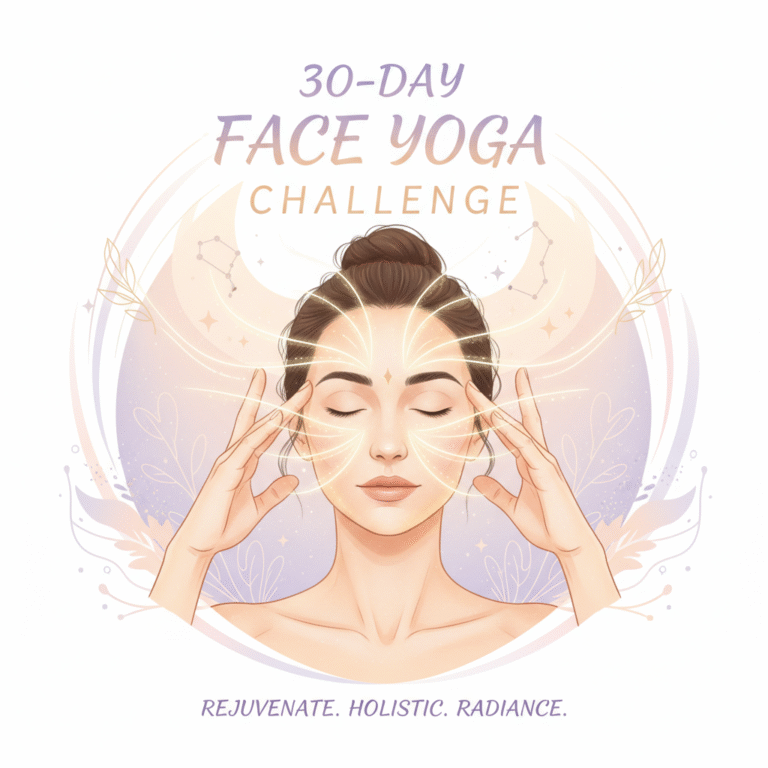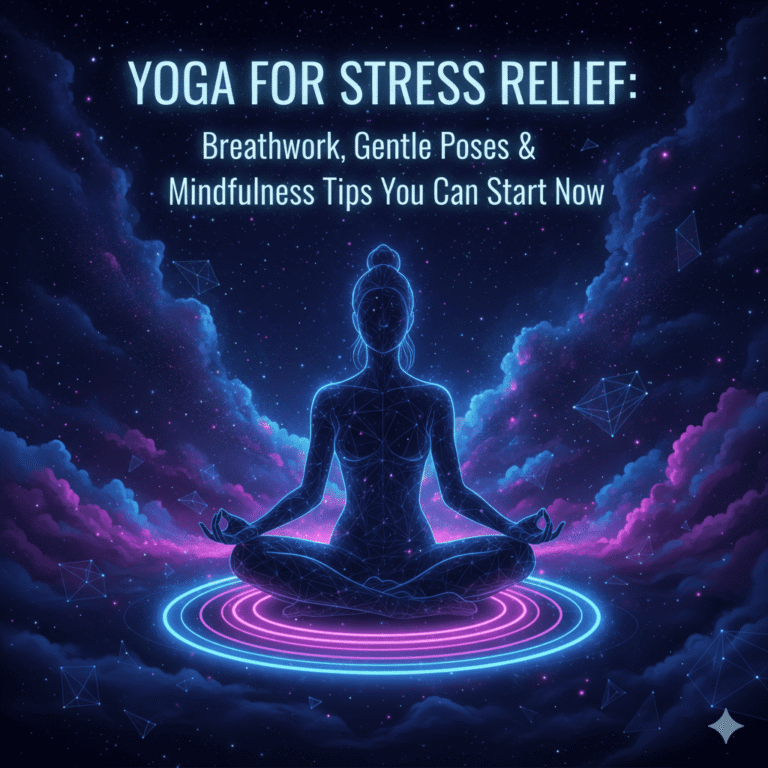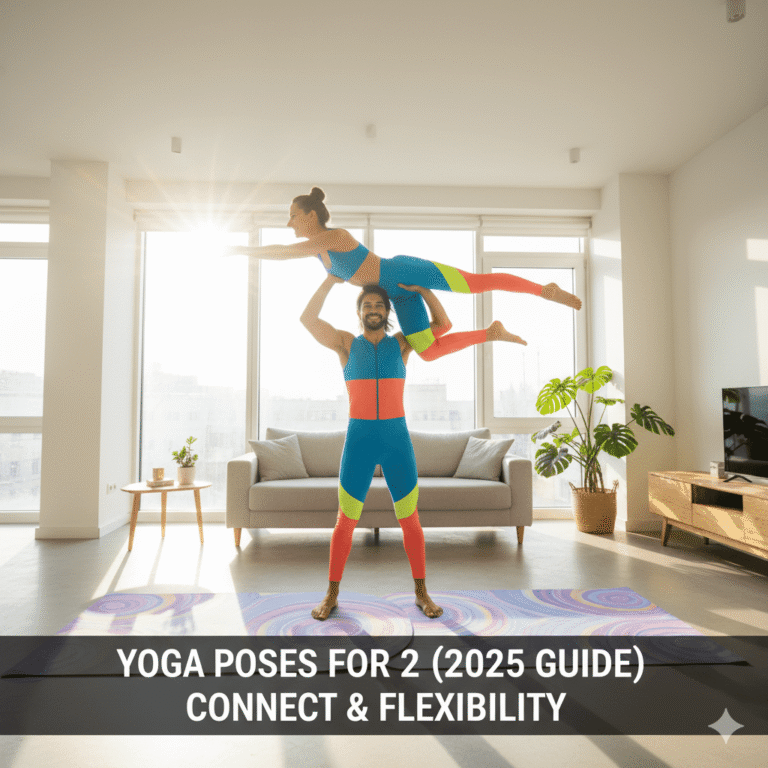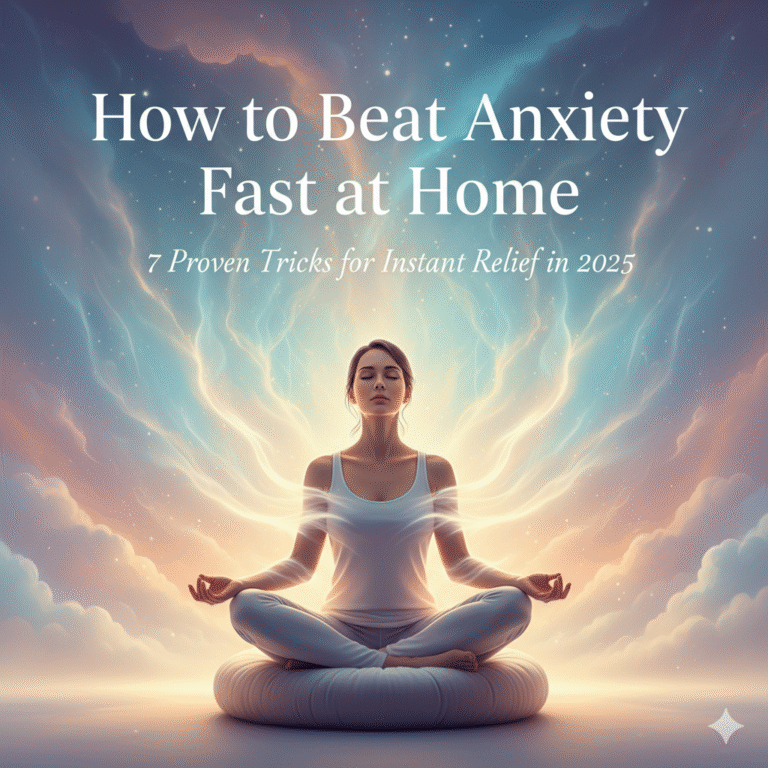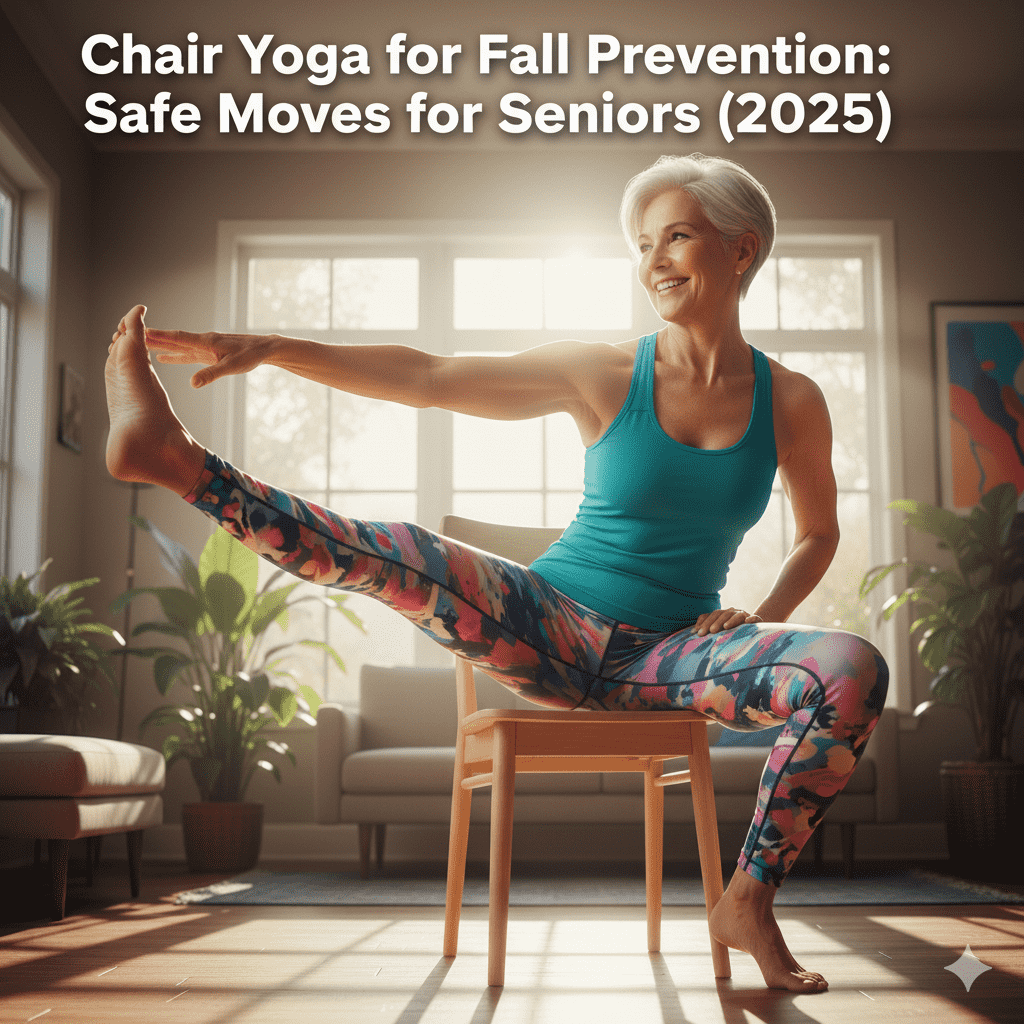
Falls are one of the leading causes of injury among older adults. They often lead to reduced mobility, loss of independence, and in some cases, long-term health complications. As populations age across the globe, preventing falls has become a critical public health goal. One of the most effective, safe, and accessible solutions emerging in 2025 is chair yoga for seniors.
Unlike traditional yoga, which may be challenging for those with limited mobility, chair yoga for fall prevention adapts poses so that they can be performed while seated or using a chair for balance support. This makes it ideal for seniors who want to build stability without the fear of falling. Recent studies show that consistent practice improves confidence, strengthens muscles, and enhances flexibility—all of which directly contribute to fewer falls.
This guide will walk you through the science behind chair yoga, evidence from recent studies, step-by-step safe moves, a structured routine plan, precautions, and FAQs. By the end, you’ll understand how to integrate fall prevention exercises for seniors into everyday life.
What Is Chair Yoga and Why Does It Work?
Chair yoga is a modified form of yoga designed for accessibility. Instead of performing poses on the floor, participants use a sturdy chair as a base. Seniors can remain seated for the entire session or stand while holding the chair for stability. This unique approach ensures that people with balance challenges or joint limitations can still access the benefits of yoga without risk.
The practice is effective for several reasons. First, it gently strengthens key muscle groups such as the quadriceps, calves, and core, which are vital for walking and standing. Second, it promotes flexibility, making everyday movements like bending, reaching, or turning smoother. Finally, chair yoga focuses on controlled breathing and posture, both of which improve body awareness and balance.
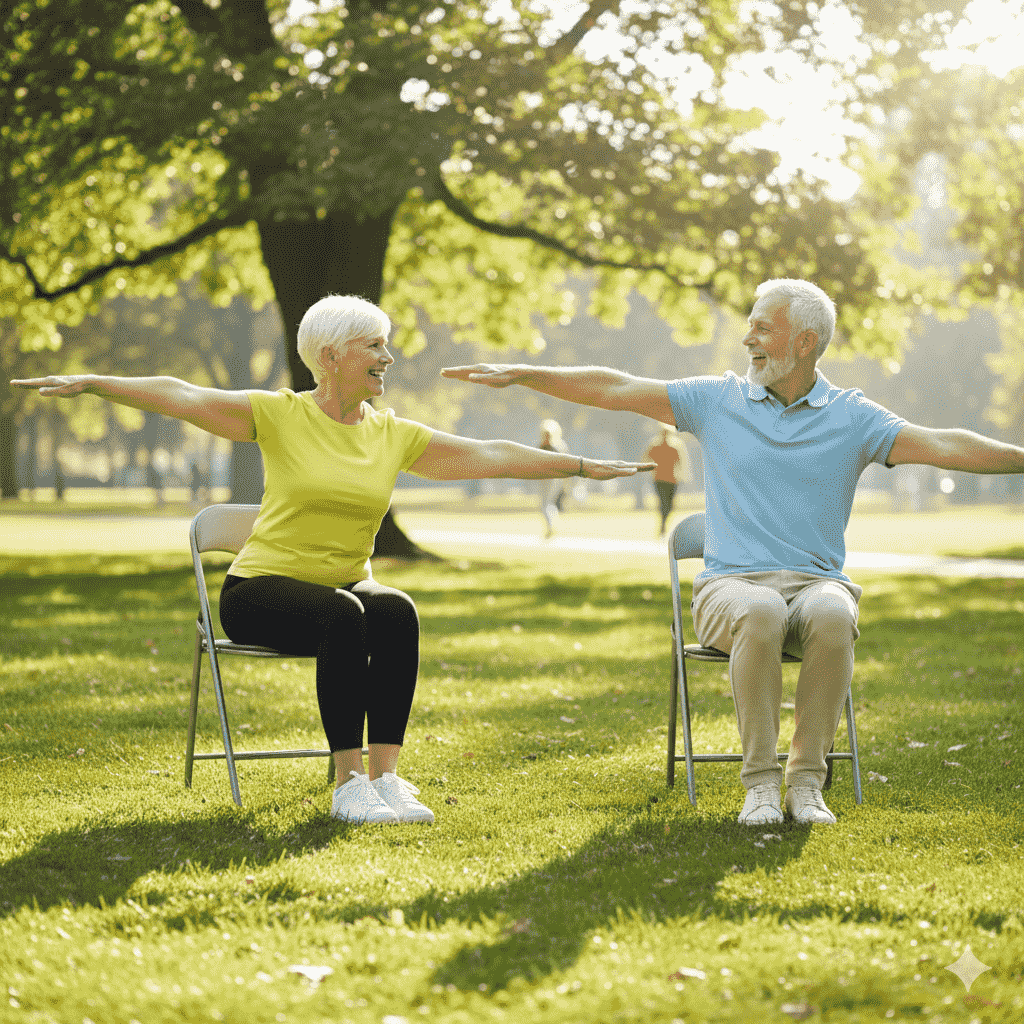
Benefits of Chair Yoga for Fall Prevention
Research from 2023–2025 has consistently highlighted the wide range of advantages of chair yoga. The following points summarize why it has become a preferred approach:
- Improves balance and stability by strengthening muscles and enhancing coordination.
- Increases mobility in joints, allowing seniors to move more freely in daily life.
- Builds strength and flexibility, reducing stiffness and weakness that contribute to falls.
- Boosts confidence and reduces fear of falling, encouraging seniors to stay active.
- Supports mental well-being, lowering stress, and improving sleep quality.
While these are the headline benefits, the real strength of chair yoga lies in its adaptability. No two seniors are alike, and the practice can be customized to individual abilities.
Safe Chair Yoga Moves for Seniors
Performing chair yoga requires nothing more than a stable, non-wheeled chair and a safe environment. The following moves are particularly effective for fall prevention exercises for seniors.
Seated Cat-Cow Stretch
This move mobilizes the spine and improves posture. Sit tall with feet flat, place hands on knees, inhale while arching the back and lifting the chest (Cow), then exhale while rounding the spine and tucking the chin (Cat). Repeat several times to warm up the spine.
Seated Spinal Twist
Twisting strengthens the core and helps with daily movements like turning or reaching. Sit upright, place one hand on the chair back, and gently twist to one side. Hold for a few breaths, then switch sides.
Seated Marching
Marching in place while seated strengthens the hip flexors and core. Lift one knee toward the chest, then lower and switch legs. Continue alternating at a steady pace to mimic walking motions.
Heel-Toe Raises
Foot and ankle strength are crucial for balance. While seated, keep feet flat, then lift heels while keeping toes down. Reverse by lifting toes while keeping heels down. Alternate for several repetitions.
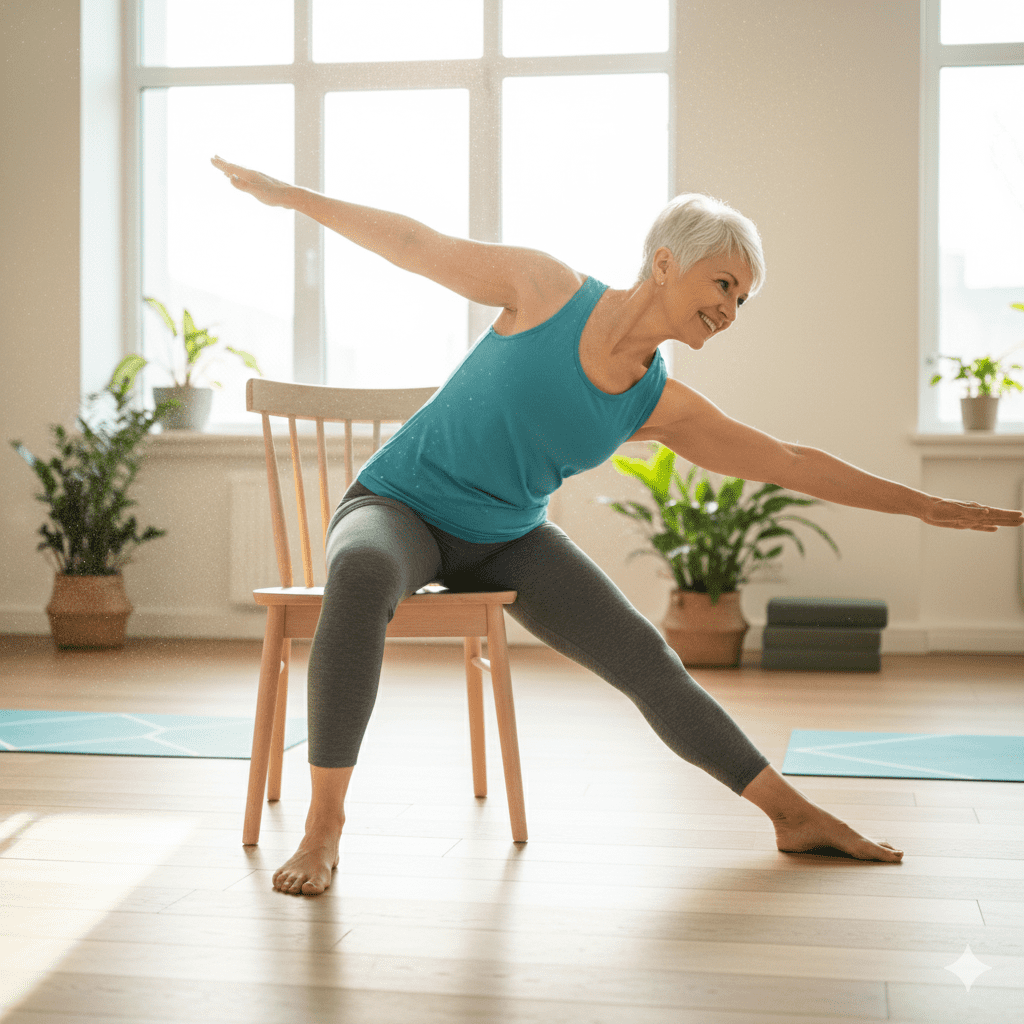
Seated Leg Extension
This exercise targets the quadriceps, essential for standing and climbing stairs. Extend one leg straight forward, hold briefly, and lower. Repeat with the other leg.
Seated Side Stretch
Raise one arm overhead and gently lean to the opposite side. This lengthens the side body, opens the rib cage, and improves breathing efficiency.
These movements, when performed regularly, reinforce balance, stability, and strength without requiring complex equipment or high physical strain.
Building a Fall Prevention Routine
Creating a structured routine is essential for long-term benefits. Start slowly, with shorter sessions, and increase over time. A beginner may begin with 10 minutes twice per week. With consistency, sessions can extend to 20–30 minutes, three times a week.
A sample weekly routine might look like this:
- Begin with gentle breathing exercises to relax.
- Warm up the spine with Cat-Cow stretches.
- Alternate between marching and heel-toe raises for leg strength.
- Add spinal twists for mobility.
- Conclude with a side stretch and relaxation.
Consistency matters more than intensity. Over eight weeks, seniors often report noticeable improvements in balance, fewer near-falls, and greater confidence in movement.
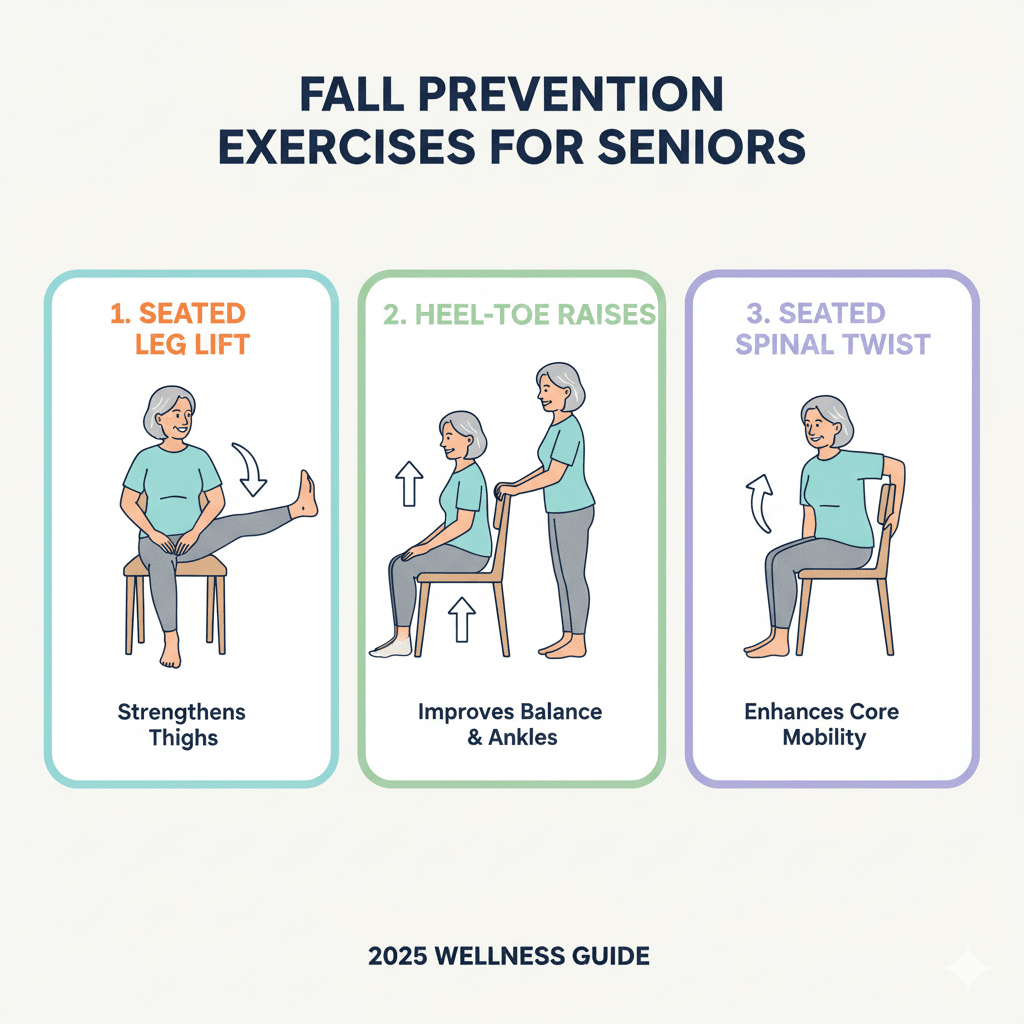
Precautions and Safety Considerations
Safety must come first when practicing chair yoga. Use a chair that does not roll, ideally placed against a wall. The floor should be non-slippery, and comfortable clothing is recommended.
Never push beyond your range of comfort. Slight muscle engagement is good, but sharp pain or dizziness is a signal to stop. Seniors with medical conditions such as osteoporosis, arthritis, or recent surgeries should consult healthcare providers before beginning. It is also helpful to practice near a supportive surface like a wall or railing until confidence grows.
How Often to Practice and Measuring Progress
Experts suggest practicing chair yoga for seniors at least two to three times per week. Some seniors also benefit from short daily sessions of five to ten minutes.
Progress can be tracked by noticing changes in everyday tasks. Rising from a chair, walking across a room, or turning quickly should become easier with time. Many also observe reduced fear of falling, which itself lowers the risk because hesitation and stiffness often contribute to accidents.
Complementary Fall Prevention Strategies
While chair yoga is powerful, combining it with other lifestyle changes maximizes protection. Simple daily walks improve endurance, while resistance bands can add strength training without heavy weights. Home safety modifications—such as removing loose rugs, improving lighting, and installing grab bars—create a safer environment. Supportive footwear is another overlooked but crucial aspect of balance.
Together, these strategies create a comprehensive fall-prevention plan.
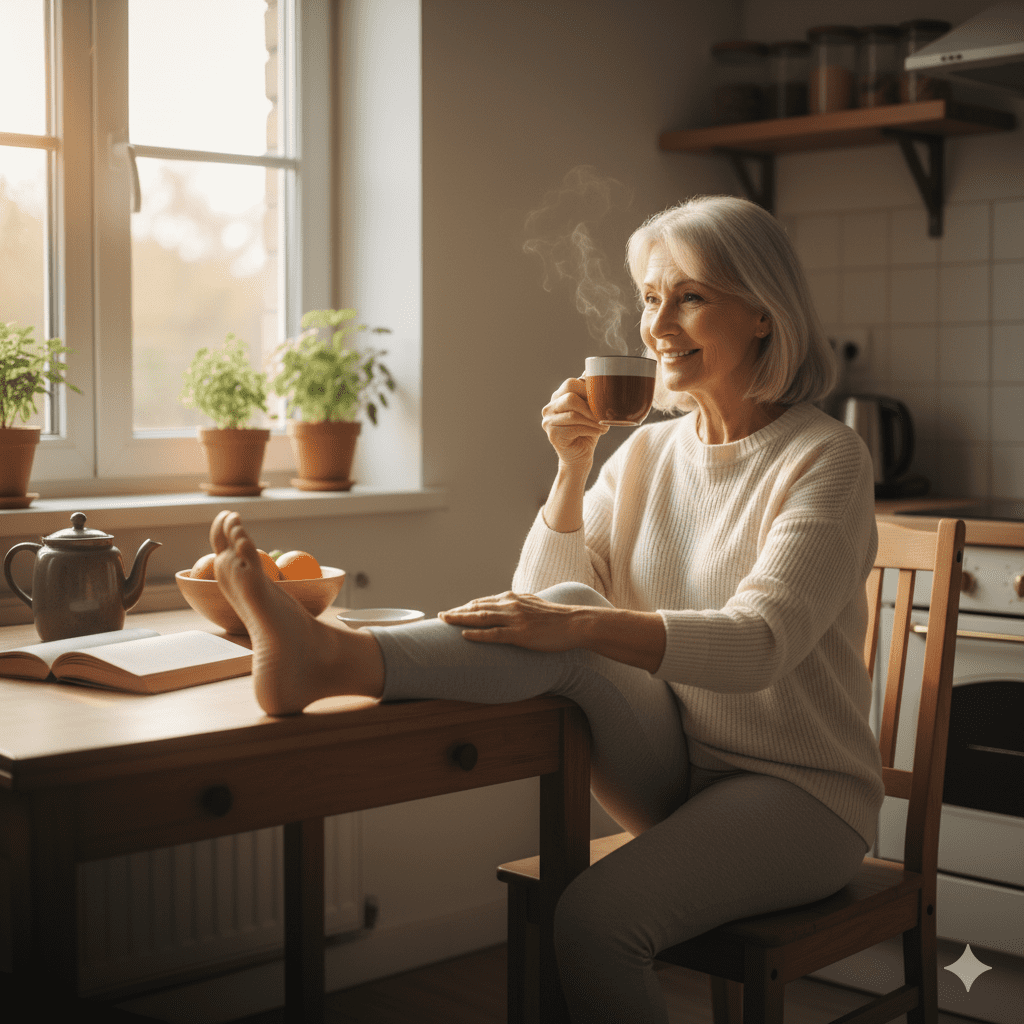
Conclusion
Falls need not be an inevitable part of aging. By practicing chair yoga for fall prevention, seniors can build balance, strength, and confidence without risking injury. The approach is simple, accessible, and supported by modern research.
Start with the foundational moves, remain consistent, and combine your practice with safe living habits. Whether you are a senior yourself or a caregiver looking for safe solutions, chair yoga offers a proven, empowering way to stay steady at home.
The goal is not perfection, but progress—each session is a step toward independence, confidence, and a healthier, more active life.
How often should seniors do fall prevention exercises?
2–3 times per week is ideal, with short daily sessions for extra support.
Can fall prevention exercises improve strength and flexibility?
Yes, these exercises strengthen core and leg muscles and enhance joint flexibility, reducing fall risk.
Are fall prevention exercises safe to do at home?
Yes, as long as seniors use a stable chair, wear supportive shoes, and clear the area of obstacles.

